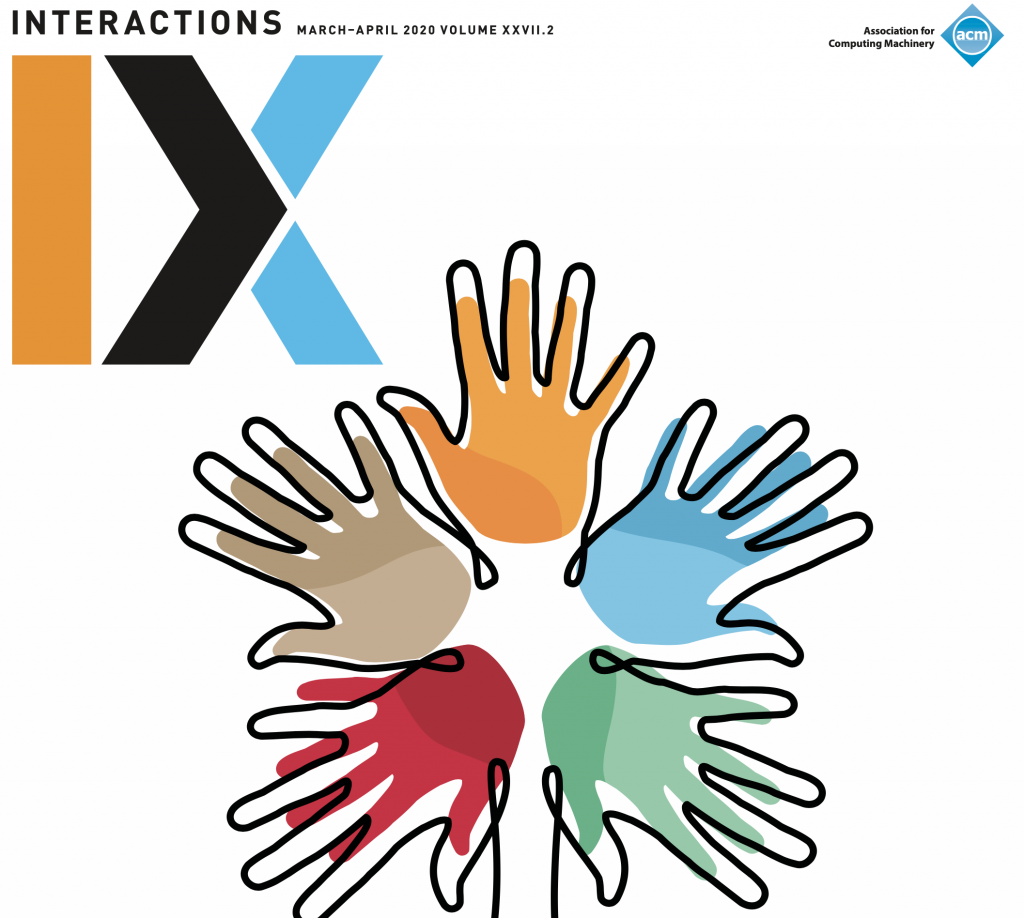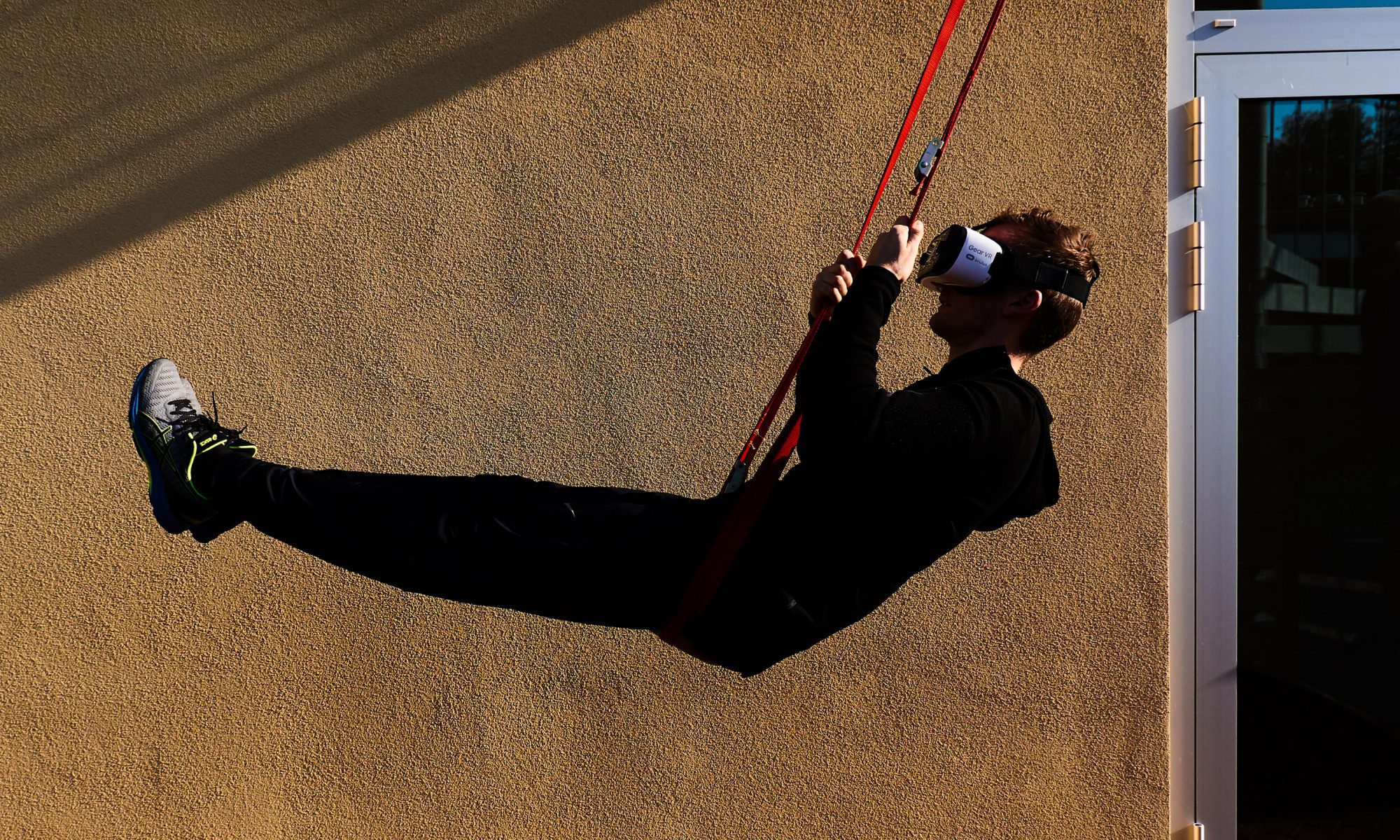DEADLINE EXTENDED TO FEB 15 Anywhere on Earth
Context: This page is for the CHI2021 conference workshop on inbodied interaction CHI is the big annual research hoe down in Human Computer Interaction- Where you ARE NOW: This page and workshop are part of the activities of the wellthlab.ac.uk – where you can learn more about inbodied interaction.
Invitation: how Insource Health Tuning in interactive tech design?
This workshop seeks to make explicit the question: What is the role of tech supposed to be in supporting people’s health and wellbeing?

Tl;dr – Key Dates: Feb 8 – your contributions Feb 21: notification. Contribution topics and types: more info below
Workshop – Help us EXPLORE insourcing
How is ownership of health practices distributed between people and interactive technology? Does the technology manage all aspects of a given practice and for all time? Or does the technology, over time, build the person’s ownership of that practice until the technology becomes irrelevant/obsolete/unnecessary/unimportant?
In a similar vein, What is the person’s engagement period with the interactive technology supposed to be? Does the person engage with the technology every time they engage with the practice? Or does the technology intervene once in an effort to enable a person’s long-term engagement with a practice?
These questions about ownership and engagement period are often left ambiguous in interactive health tech design.
In this fourth Body as a Starting Point Workshop, we propose to explore what happens when we make these attributes explicit. For ownership, we propose a continuum of Insourcing to Outsourcing – to situate where on that vector a design may fit. Is it designed to manage the process, like follow along indoor cycling sessions, or is it designed to help a person build up experience and independent skills, like a course with self-assessments for progress?
For engagement period, we are looking at ranges on a continuum from a one off, to cycles, to always. For example, for a team sport, the skills development phase often happens after a conditioning phase both of which are part of the pre-season phase which precedes the season of play. During the play season, the conditioning work loads and practice sessions change in terms of work load and focus.
Workshop CONTEXT
– Related Inbodied Interaction Principles of Wellth
This workshop is the fourth in the Body as a Starting Point series. The series approaches interactive Health Tech design from an Inbodied Interaction perspective, with the goal of deepening that approach. We recommend checking out this IX special section overview of Inbodied Interaction. It describes the key concepts in this approach to date.

In sum, Inbodied Interaction focuses on aligning how we function physiologically in order to inform design that supports human health, wellbeing, performance, quality of life – what we elsewhere have called “wellth” .
in5 MEECS – Move Eat Engage Cogitate Sleep
A core framing for wellth is that everything is physiacl – that is all our experiences are affected not least than by the state of our bodies. We also have limited but powerful ways to influence the state of our bodies. We refer to these as the inbodied five, or the in5 MEECS of move, eat, engage, cogitate, sleep. We also frame these as semi-volitional because each are necessary, each are associated with how we are wired physically (including ENGAGE – we are wired to be with others it seems) and while we have some volitional control around when we do them, we must do them or our health suffers radically. To touch on engage again – loneliness has been framed as a bigger killer than any non-communicable disease. We are therefore particularly focused on how these volitional practices and associated knowledge and skills are supported.
Circumbodied C4 – Air Light Gravity Microbiome
While the in5 focus on the fundamental ways we daily, one way or another, engage with our inbodied processes, the circumbodied C4 focuses on the 4 elements or attributes that surround us (hence, circum-) and affect every cell in our bodies. If the power of the c4 is a question, just imagine all the air going out of the room.
Time
How long is a health tech intervention supposed to last? How frequently is it to be re-introduced. Though it may seem obvious, Time is often left implicit or ambigous in health tech designs. By making Time in our designs explicit, we can use it more deliberately as a design material.
Context
Context, at we see in philosophy and sociology is a well-described and well explored mediator in shaping how any artefact is constructed, used, discarded.
In inbodied interaction we can see the effects of context especially with regard to how it affects both the accessible quality of the elements within each of the in5, c4 and T as well as in the balance of these factors. Again, we seek to make explicit context as an opportunity for design. Here, context is a constant variable. Context is the most dynamic attribute in this set of what we might call “always on” inbodied factors of health and wellbeing.
TUNING = Adaptivity in Context
(in5+c4+T) +C
Wellth as a process of “tuning” – we all eat, move, engage with others, cogitate, sleep. We all do this in various qualities of light, air, microbiome and gravity. These qualities all take place in time where context is constantly adjusting from the micro to the macro scale. Thus instead of speaking of change, we talk about tuning, or dialing in the in5, the c4, T and C.
We propose TUNING as a framework to approach supporting health. With these attributes we propose to explore a particular novel continua: what we frame as insourcing to outsourcing. That is, are we designing to support a person to explore how to build their own knowledge, skills and practice of wellbeing? Or are we designing technology to manage health practice for the individual or group?
Workshop Focus: How Tune Insourcing Designs?
Our aspiration in the Inbodied Interaction community is to design tools that support tuning.
We invite workshop participants to consider 2 types of contribution for applying Insourcing TUNING
The first option is to propose, pilot, or prototype either a novel design featuring an in5+c4+T+C design that leverages the INSOURCING in particular.

A second approach is to re-imagine how an existing tool or concept might be re-contextualised again within an INSOURCING/CYCLE framing. We offer a few examples, below:
Scenarios for Inspiration
Example ONE: Re-imagining EATING SUPPORT – How do we use the principles of ownership and engagement period in designing interactive technology that helps us better understand how we eat now, relative to how we feel, and where food may help us feel and perform better, rather than only keeping track of our energy consumption? Examples of guiding questions could include: what knowledge is associated with healthy eating, and how can that knowledge be contextualized and conveyed, when? How do we feel when we have this amount of food vs. that amount of food? What feedback types, timing, and persistence would be helpful to build better awareness and understanding about links between what we eat and how we feel, and for how long? All these questions could bring new insights into designing inbodied interaction with an emphasis on constructing better self knowledge. In terms of cycles, a key query would be: what is the goal state that would enable an exit strategy? While building awareness, what skills do we build, in what phases? How long are these phases? When do we no longer require the tool’s support?
EXAMPLE 2: HOW MOVE FROM TRACKING IT TO FEELING IT? An ameteur runner trains 5-6 days a week by running on trails in the local community. With current technology, during every run, the runner faithfully tracks distance, heart rate and pace. Several wearables (eg Garmin’s ForeRunner series) and apps (Training Peaks) feature telling the runner how much recovery they need, or when they may be overreaching in their workouts. An INSOURCING & CYCLE target may be to help the athlete more explicitly correlate what they feel with these notifications from the algorithm. But what is the combination of data and qualitative responses that helps to build resilient awareness of state? In terms of an Engagement Period, might there be both a Success phase that builds a level of insourced, independence from the tools awarenes, and perhaps an Interrogation/watching phase, that steps in from time to time when at perception of under or over doing recovery or action? What inbodied knowledge would a designer draw on to help support such designs? How confirm that the approach builds interoception? BONUS: C4-STACK. In running outdoors in natural light, integrating light, elevation (muscular effort changes due to gravity), air quality and (urban) enviroment viz potentially microbiomic diversity may also play a role in the efficacy of insourcing approaches, and attentional foci in a cycle.
EXAMPLE 3: Insourcing SOCIAL INTERACTION skills. Inbodied interaction frames ENGAGEMENT with each other as one of the in5 for which we are physiologically wired. In the time of COVID in person interaction is challenging and precious – we are negotiating new obstacles, on top of coping with personal challenges of interoversion or extravesion as gross-level markers. We may have a highly tuned sense of what social situations make us uncomfortable, but have far less experience or opportunity to (1) understand these responses (2) have skills to address them so that we can thrive in social encounters. How do we design tools to INSOURCE what skills? How create phases of practice to build those skills? What is success? BONUS: in5+C4 STACK – Is insourcing of skills enhanced by cylces of walking with another, or having a coffee outdoors, in daylight?
Bonus Round: Insourcing DISCOMFORT design A key part of healthful practice – of any skill learning – is discomfort. How design to embrace discomfort? For example, in a learning context, learning an instrument has uncomfortable parts as we both learn new muscle skills, and explore theory of harmonics, or remember note placement on a fret board. The same can be said of cognitive skills: effort can be required and that effort is often off-putting, such that they don’t try it – even if they have not every tried it – the anticipation of the effort itself can be sufficiently viscous to keep someone from trying something.
Likewise, lack of knowledge of how to interpret the discomfort can also be off-putting: someone’s first workout may feel great or tiring, but the next day, the body will start to get sore. Without preparation for this discomfort (usually delayed onset muscle soreness) people may abandon the practice for “hurting” them. Think of ANY skill related to the in5 MEECS where you may have needed to effort the practice. How design for that discomfort? How design to INSOURCE that discomfort?
Some design guide-rails may be:
- target of discomfort (temp, workout, fasting, learning something challenging, perhaps mastering a difficult part of a performance)
- time in the discomfort – it’s not always being in discomfort – but periods of what to do IN the discomfort –
- ADAPTATION sought associated with that discomfort?
- recovery support between bouts of practice
- appropriate skill design for each progressive phase of adaptation
- success – immediate and over time of ADAPTATION progress
- value – this is one’s orientation: what is the pay off for going through the process? what is the VALUE associated with the ADAPTATION practice – that will align with the measures and the practices?
Workshop Structure
We are looking to be as flexible and humane in scheduling this 1-day equivalent workshop over the CHI workshop period to respect the time zones of the participants. That means we’ll be working with you as you put work in to figure out the best schedule for the workshop.
Would be wretched to create a health workshop and cause people to be sleep deprived.
Right now, we have three blocks of WORK shopping scheduled, based around presenting your contributions to the workshop – We will also be blending these activities with exploring shared movement and wellbeing practices.
Workshop Outputs
YOU! A key outcome of the workshop will be how we can develop this community – to ensure the effectiveness and benefit of these approaches – as well as how a strong community can help bring new insights to these approaches.
Models for the Community We imagine the outputs from the workshop to be exemplars for people interested in this space. How would Insourcing/Outsourcing apply to a critique of a fitbit or apple watch – as a case study in Tuning, for example? How create a stack of Air+Move+A few Days + Indoors – (c4+in5+T+C) to build skills for cognitive mindfulness?
And Papers Building the Inbodied Space Select papers submitted to or developed at the workshop will be invited to frame part of a forthcoming special issue in Inbodied Interaction in Frontiers in Computer Science.
HOW TO JOIN/CONTRIBUTE to the WORKSHOP
KEY DATES:
Entries By Feb 8 UPDATED – NOW FEB 15 we’d like to have all your work ready for the workshop.
For convenience/ease of reading, we’ll ask that written work use the same template as workshop proposals for CHI – (and this is the NEW standard chi format) .
INCLUSIVE COMMUNITY BUILDING 4-8 pages, not including refs, is plenty. Think of these submissions like you would CHI’s “late breaking work” – formative with some substance backing them – and your insights/applications – welcome for sharing, input, and putting a stake in the ground. SHORT IS FINE TOO – we’re not trying to make these papers exclusionary to keep you out; we are looking to create pathways in – via showing engagement with the material – here that’s insourcing/inbodied interaction
Notice by Feb 21 we’ll come back to all folks putting work into the workshop with feedback.
WHERE to Upload Your Contributions?
Submissions via EasyChair. We’ll also be inviting you to a slack channel to connect with the rest of the active Inbodied Interaction community.
And meanwhile, if you have questions, please email m.c. at inbodied4@nopain2.org
Thank you. Look forward to meeting y’all – with your hosts:
m.c. schraefel, Josh Andres, Aaron Tabor, Scott Bateman, Abby Wanyu Liu, Mike Jones, Kai Kunze, Elizabeth Murnane, Scott Bateman, Steeven Villa
U of Southampton, IBM Research, University of New Brunswick, IRCAM-CNRS Sorbonne Univerité, Bringham Young University, Dartmouth College, LMU.
This workshop is associated with EPSRC’s: GetAMoveOn Network Plus; The Refresh Project and Health Resilience Interactive Technologies (HRIT).
